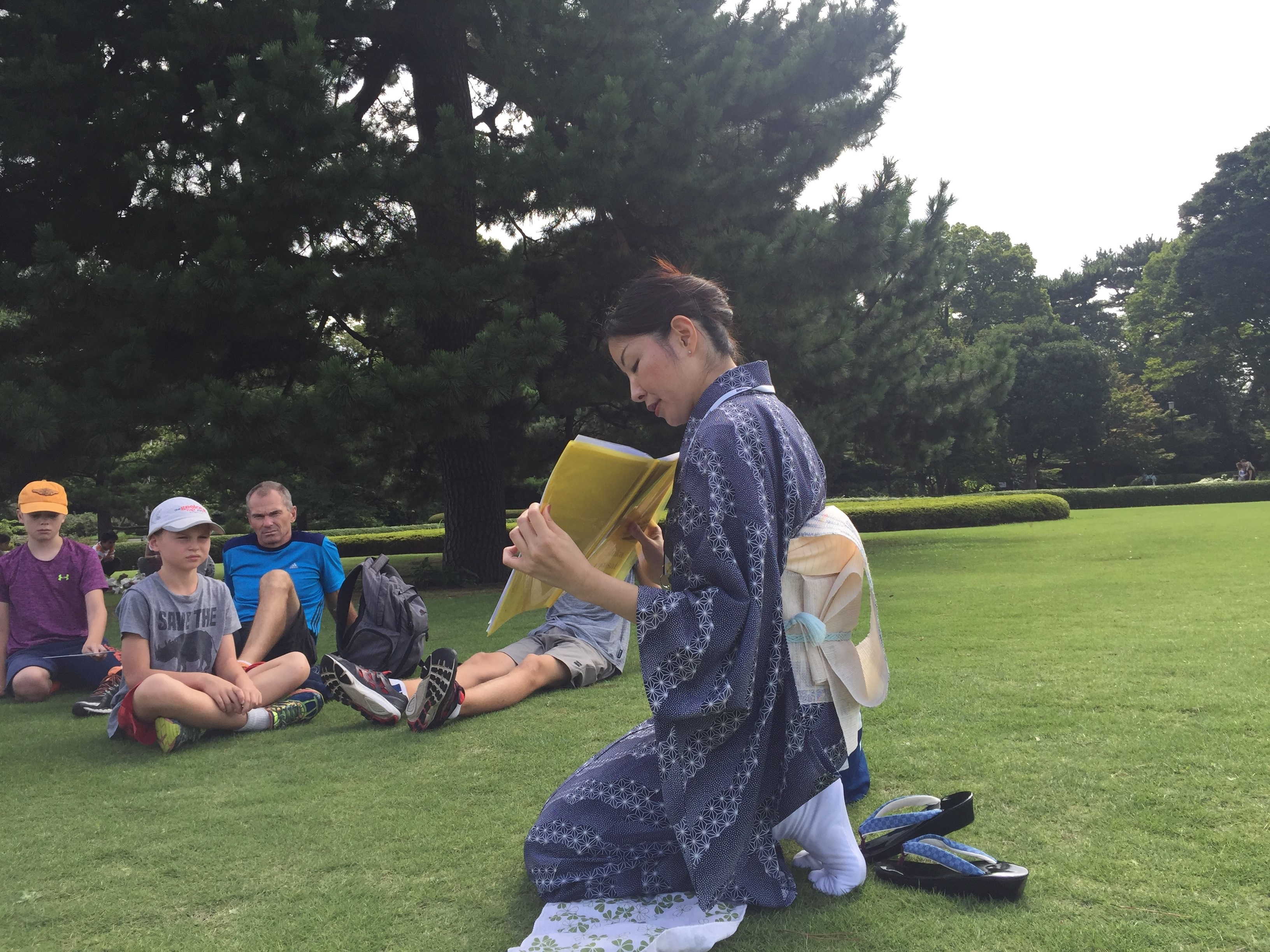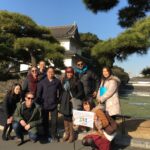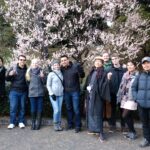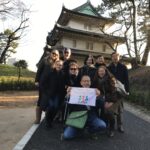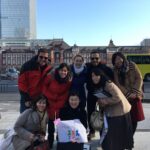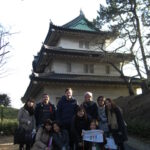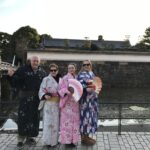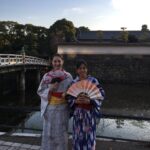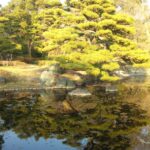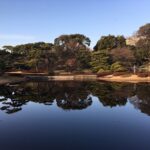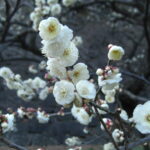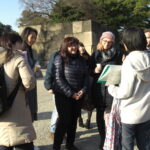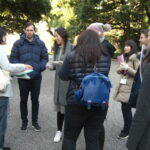Happy New Year! Thank you the guests who kindly joined our first 2017 tour on 7th. We had 26 guests, divided by five groups.
- Group photo_D_20170107
- Group photo_C_20170107
- Group photo_B_20170107
- Group photo_A_20170107
- Group photo_E_20170107
We have relatively warm winter this year, so could enjoy Japanese apricot (Ume) blossom already (it usually blooms in February). Thanks to my guests’ suggestion, I smelled the small flower for the first time. It is light scent but I feel such light scent represents Japanese modesty. I strongly recommend you to do; you can touch Japanese elegance.
- enjoyed Instant Kimono_1
- enjoyed Instant Kimono_2
- at Ninomaru Park_1
- at Ninomaru Park_2
- at Bairin-zaka_1
- at Bairin-zaka_2
Japanese consider New Year more important than Christmas. Traditionally, we eat Osechi-ryori (New Year Dishes). They features various types of dishes prepared exclusively for New Year’s packed into special tiered lacquered boxes. After such overeating, we traditionally eat Nanakusa-gayu (rice porridge with seven Japanese herbs) on 7th of January, helping our stomach for digestion and asking for our health in the year. The seven greens represent wishes for each.
- Seri: to win the competition
- Nazuna: to purify by stroking gently
- Gogyo: Buddha’s body
- Hakobe: to spread prosperity
- Hotoke-no-za: Buddha’s comfortable seat
- Suzuna: a bell to call God
- Suzu-shiro: pure white without any spot
We are what we eat and think.
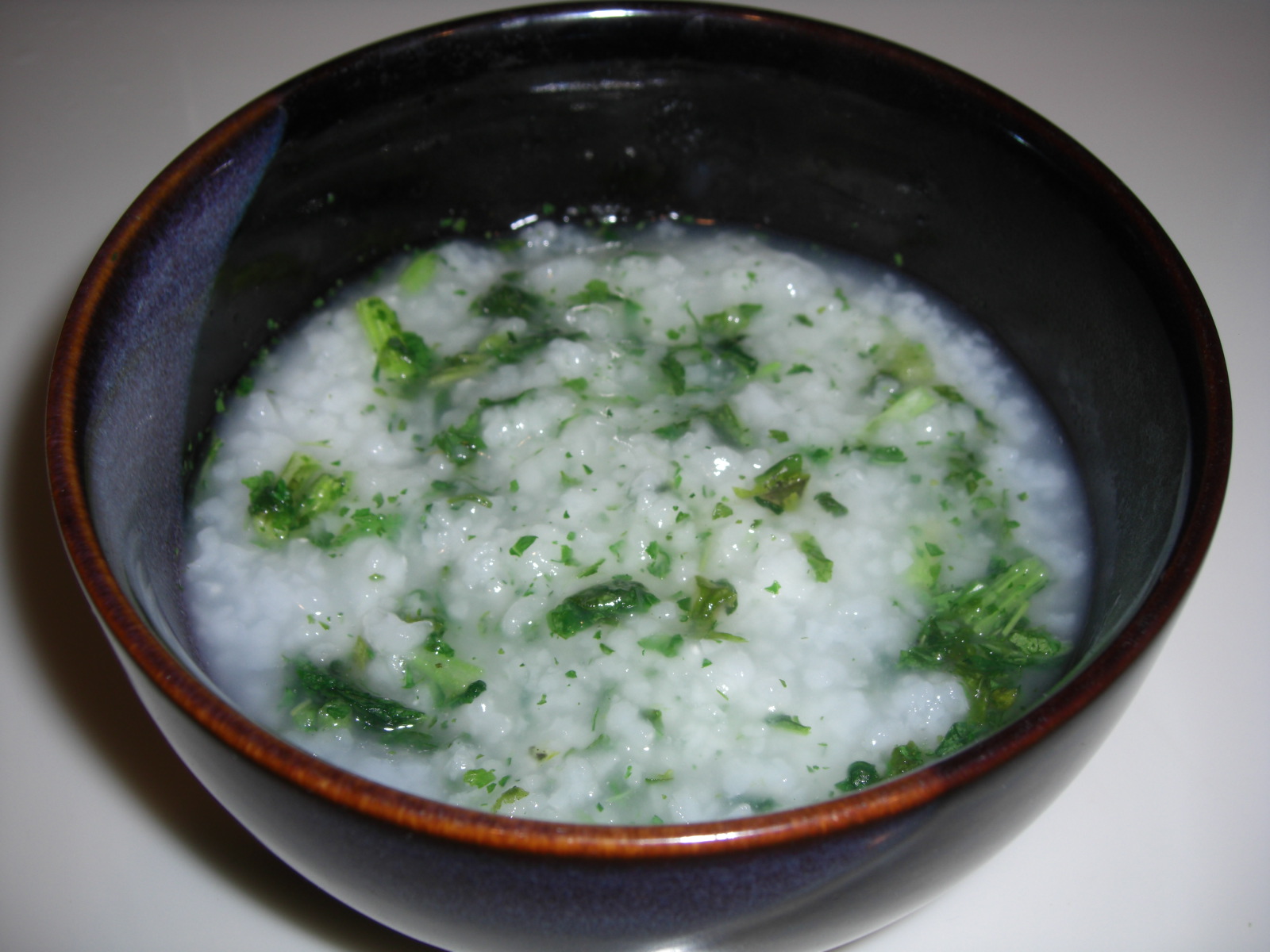
(Posted by Katsumi)
=====
We have a regular tour every Saturday and have weekday/Sunday tours irregularly.
Please check the calendar on our website, facebook and tripadvisor.

